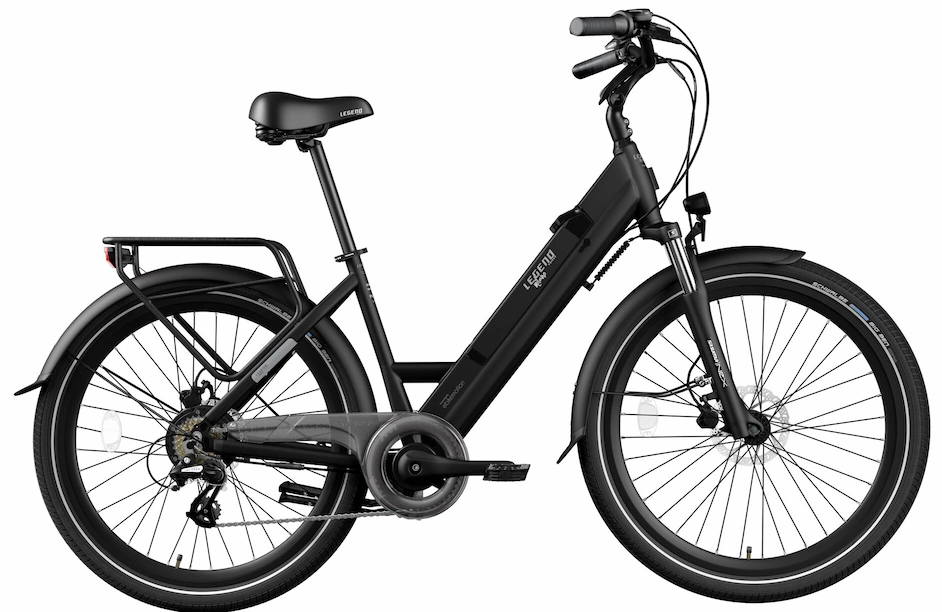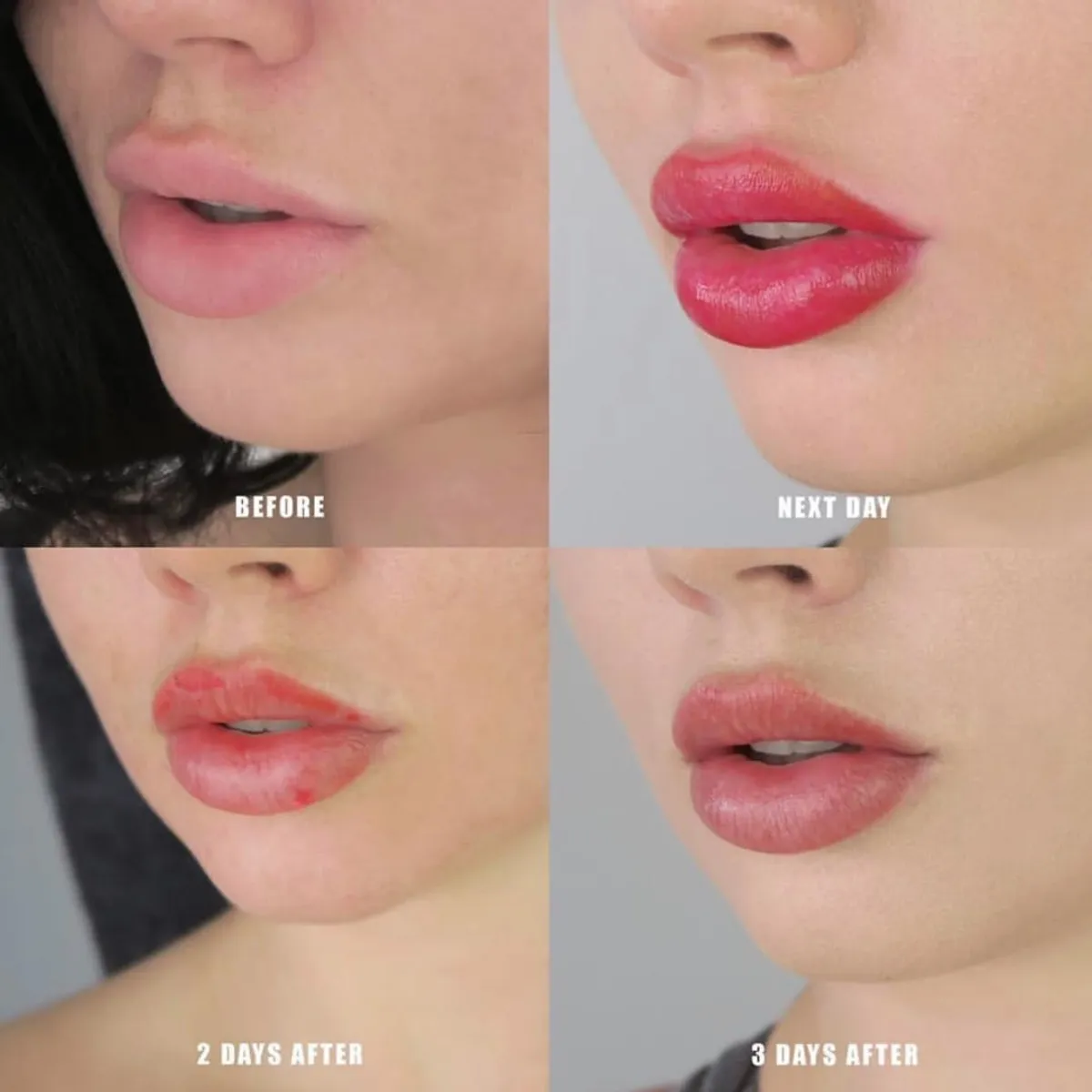
Choosing a Mountain bike damen – Things to Consider
AlexJones
- 0
- 518
Mountain e bike damen come in a variety of shapes and sizes, tailored to meet the ability, riding styles, and budgets of anyone looking to get out on the trails. For someone just getting started, it can be incredibly confusing, and even frustrating, trying to figure out which bike is the right one for you. This post will provide some guidance, and a place to get you started. However, the best advice I can give is to talk with a knowledgeable person at a reputable bike shop (NOTE: Not all bike shop personnel are knowledgeable). A knowledgeable person will know the features of the models of bikes they sell and can give you more specifics than I can in a single post. Also, buying a bike will not be the last time you interact with your bike shop (think periodic tune-ups, fixes, and maybe upgrades). So, getting chummy with them is not a bad idea.
The first question to ask is how much are you willing to spend. It is important to understand that it is not just the cost of the bike. If you are new to cycling, you may also need to buy accessories like a helmet, riding shoes, padded shorts, water bottles, bike rack, and pedals (WAIT… WHAT… My bike won’t come with pedals! In most cases, higher-end bikes do not come with pedals with the assumption that higher-end riders have their own preferences. And if it does come with pedals, they are just the basic pedals that came on your Huffy when you were a kid, and you will want to change them out, anyway).
Assuming you are not just looking to buy a bike from Target, Most Bike Manufacturers offer Mountain Bikes from a few hundred dollars to, in some cases, over $10,000. If you are reading this post, you probably don’t need a $10,000 ride. However, if your budget allows, you may consider spending anywhere between one to three thousand for a bike that you will be able to keep around for a while, as your skill level increases.
The reason prices vary so dramatically is due to the type of components on the bike, and the material the frame is made of. We will get into these later. For now, know what price range you are looking for. No sense in “Jones’ing” for that bike you would need to remortgage your house to even consider. What type of terrain are you planning to ride and what is your skill-level. This is important because, these days, Mountain Bikes are designed for specific types of riding and conditions. TRAIL – Most people just getting into Mountain Biking will want to consider a Trail Bike. These are general-purpose bikes that will ride nicely on everything from dirt roads to singletrack. These generally come in hardtail (front suspension) or full-suspension (front and rear suspension)
CROSS-COUNTRY – These Mountain Bikes are fast and nimble. They are for those looking to compete. They ascend and corner well. However, their clearance and build are not suited for technical rock-gardens or jumps. ALL MOUNTAIN – With heavier built frames and beefier and longer suspension, these Mountain Bikes are built for more technical terrain. They are well suited for steep technical downhill. But, due to their relative weight, are not as fast on the ascent as other categories. This can be overcome with carbon frames and lighter components if you are willing to spend the money.
FREERIDE – If you want to just go downhill fast and jump high… this is the ride for you. Think skier on two wheels. People who Freeride, are often hitting the ski slopes during off season, and are being shuttled to the top. Ascending a Freeride bike is not going to be efficient. FATTY – A fast growing market in the Mountain Bike Arena are bikes with Fat Tires. These were initially designed to be ridden on snow and sand. However, recent designs are equally as comfortable on trails. Similar to a 4×4 with bloated tires, these rides roll over obstacles, and due to more surface area, grip better than traditional MTB tires. They also provide more cushion, minimizing the need for additional suspension (although, some designs still have it). However, this is not a fast bike, and will be extremely inefficient on hard, smooth surfaces.
HARDTAIL – Hardtails are called so due to the fact that they have no suspension in the rear. These are generally cheaper than Full-Suspension bikes. Also, all things being equal, can be more efficient on the ascent. FULL-SUSPENSION – These bikes have suspension in the front and the rear. This results in a more comfortable ride and reduces fatigue. An other benefit is that, due to less bounce, there is typically more tire contact with the trail. In the past, there was a significant drawback to full-suspension bikes. They were less efficient on the ascent, and one gave up a little control on cornering. These days, these types of bikes provide ways to adjust the amount of suspension (and even lock it out) depending on the conditions you are riding on.
